Global stock exchanges are essential platforms where companies raise capital, and investors buy and sell securities, shaping the world’s financial markets. They vary in size and influence, with some dominating due to their massive market capitalizations and global reach. From historic hubs like the New York Stock Exchange to fast-growing markets like the Saudi Stock Exchange, each plays a unique role in the economy. This article explores the largest stock exchanges worldwide, ranked by market capitalization, and highlights their key features and contributions to global finance.
Toronto Stock Exchange (TSX)
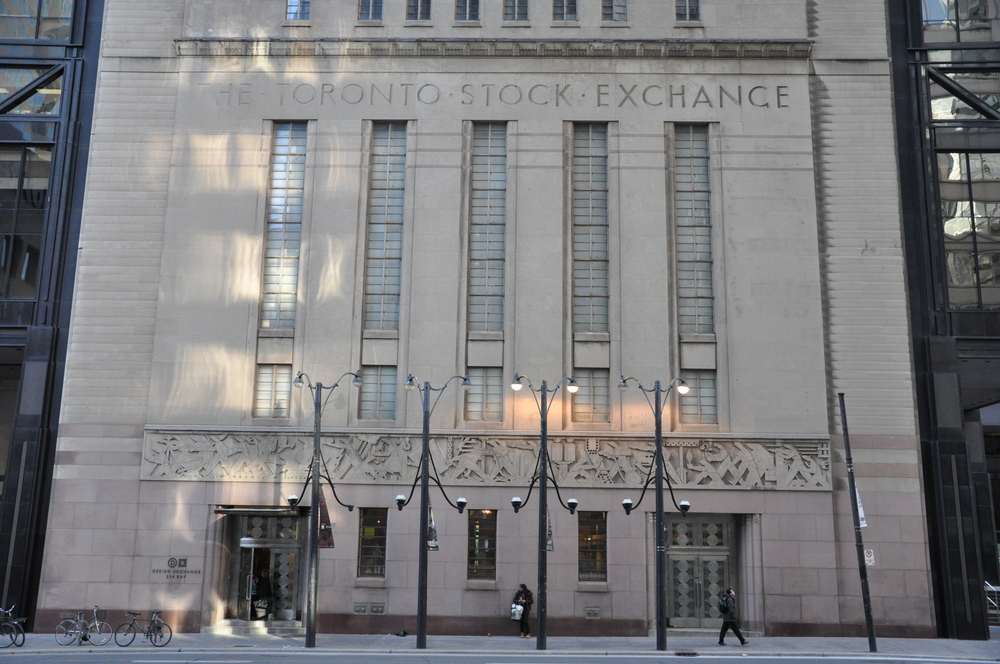
The Toronto Stock Exchange (TSX), established in 1852, is located in Toronto, Canada, and stands as one of the world’s leading stock exchanges. As of September 2023, the TSX had a market capitalization of approximately $3.1 trillion, reflecting its significant role in the global financial landscape. It is renowned for its extensive listings in the mining and energy sectors, hosting numerous companies involved in natural resource extraction. This focus aligns with Canada’s rich natural resource base, making it a hub for resource-based industries. In addition to traditional equities, it offers a diverse range of financial instruments, including exchange-traded funds (ETFs), income trusts, and investment funds, catering to a broad spectrum of investors. It has been proactive in adopting advanced trading technologies, enhancing market efficiency and accessibility for participants. In recent years, it has seen a growing interest from international companies, particularly in the mining sector, seeking to tap into North American capital markets.
London Stock Exchange (LSE)
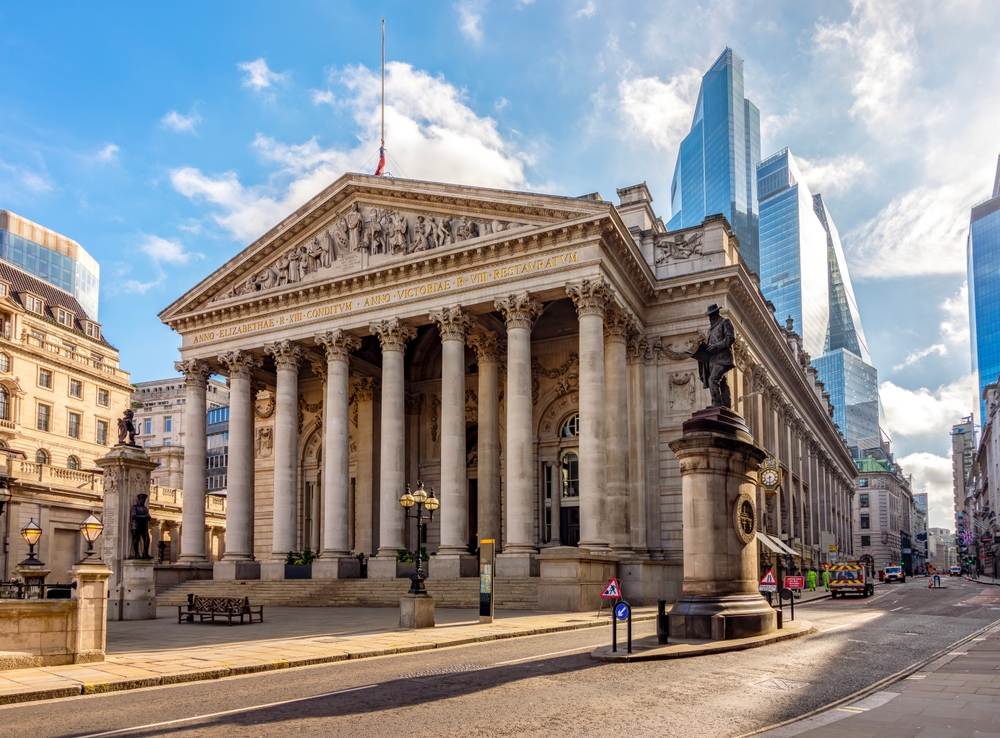
Established in 1801, the London Stock Exchange (LSE) is one of the world’s oldest and most prestigious stock exchanges, located in London, United Kingdom. As of September 2023, the LSE had a market capitalization of approximately $3.42 trillion, making it a major player in global finance. It lists a diverse range of companies, including international firms, reflecting London’s status as a global financial hub. It operates several markets, including the Main Market for established companies and AIM (Alternative Investment Market) for smaller, growing businesses. It has been at the forefront of financial innovation, introducing electronic trading systems early on to enhance market efficiency. In recent years, it has focused on expanding its data and analytics services, catering to the evolving needs of investors. Its strategic initiatives aim to strengthen its position amid increasing competition from other global financial centers.
National Stock Exchange of India (NSE)
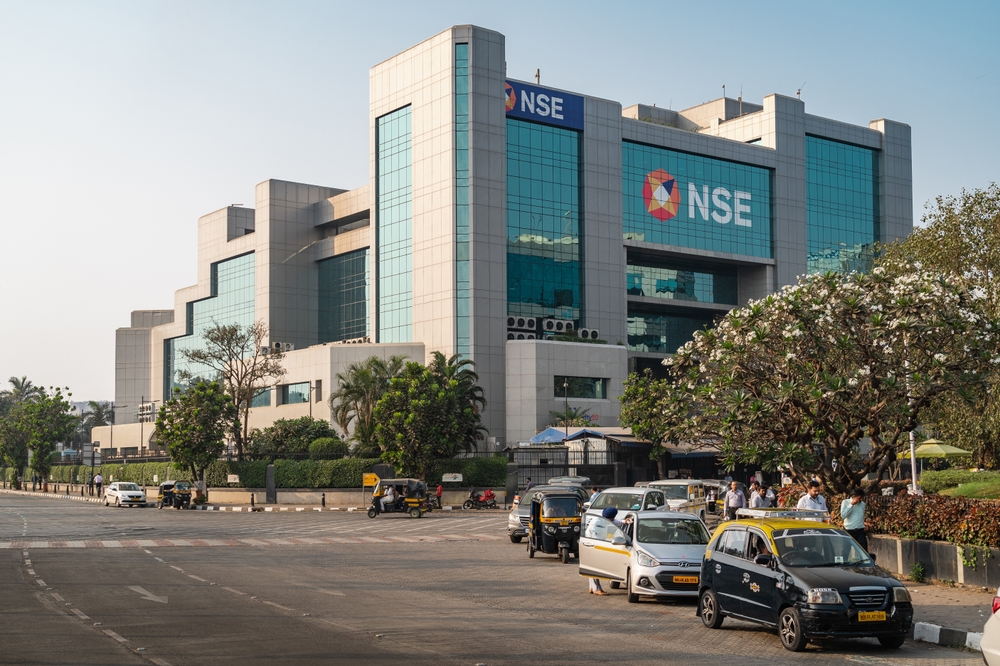
Founded in 1992, the National Stock Exchange of India (NSE) is headquartered in Mumbai and is one of the leading stock exchanges in India. As of September 2023, it had a market capitalization of approximately $3.59 trillion, reflecting India’s growing economic prominence. It introduced electronic trading in India, revolutionizing the country’s capital markets by enhancing transparency and efficiency. The NSE’s flagship index, the NIFTY 50, comprises 50 diversified stocks and serves as a benchmark for the Indian equity market. It offers a wide range of financial products, including equities, derivatives, and debt instruments, catering to a diverse investor base. In recent years, it has focused on expanding its technological infrastructure to support high-frequency trading and improve market resilience. Its initiatives aim to attract more foreign investment and position India as a key player in global finance.
Hong Kong Stock Exchange (HKEX)
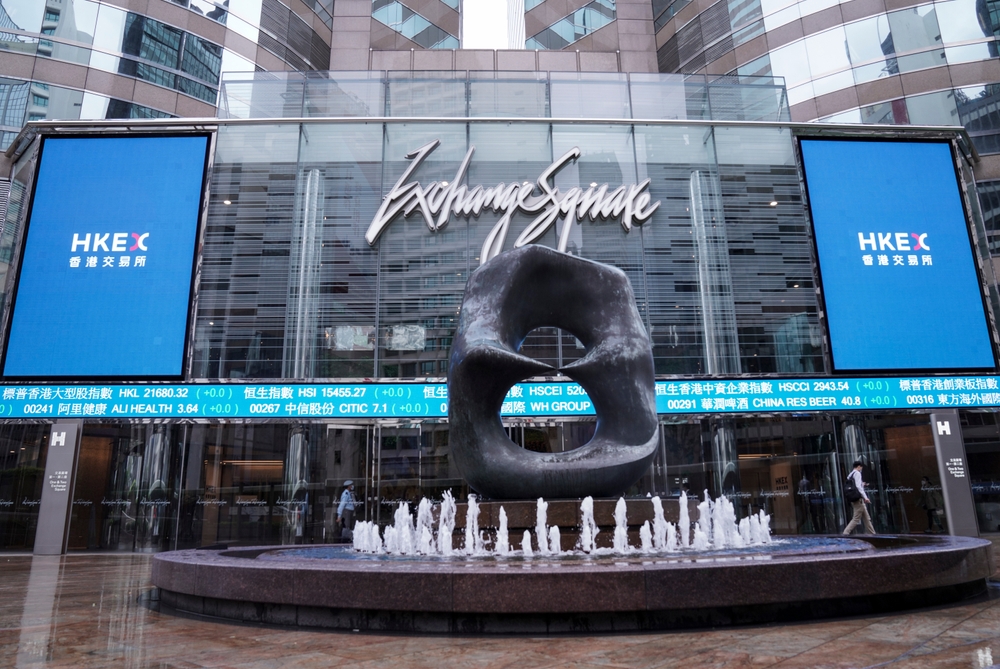
The Hong Kong Stock Exchange, founded in 1891, is located in Hong Kong and serves as a vital gateway between mainland China and international investors. As of August 2024, it has a market capitalization of approximately $4.06 trillion, ranking it among the top exchanges globally. HKEX lists a diverse range of companies, including many Chinese enterprises seeking international capital. It operates under Hong Kong’s distinct regulatory framework, which allows greater access to foreign investors compared to mainland Chinese exchanges. It has been a pioneer in introducing innovative products, such as the Stock Connect programs linking it with mainland markets. It plays a strategic role in connecting Western and Asian economies, fostering financial collaboration. Recent initiatives include green finance products, reflecting growing demand for environmentally sustainable investments.
Shenzhen Stock Exchange (SZSE)
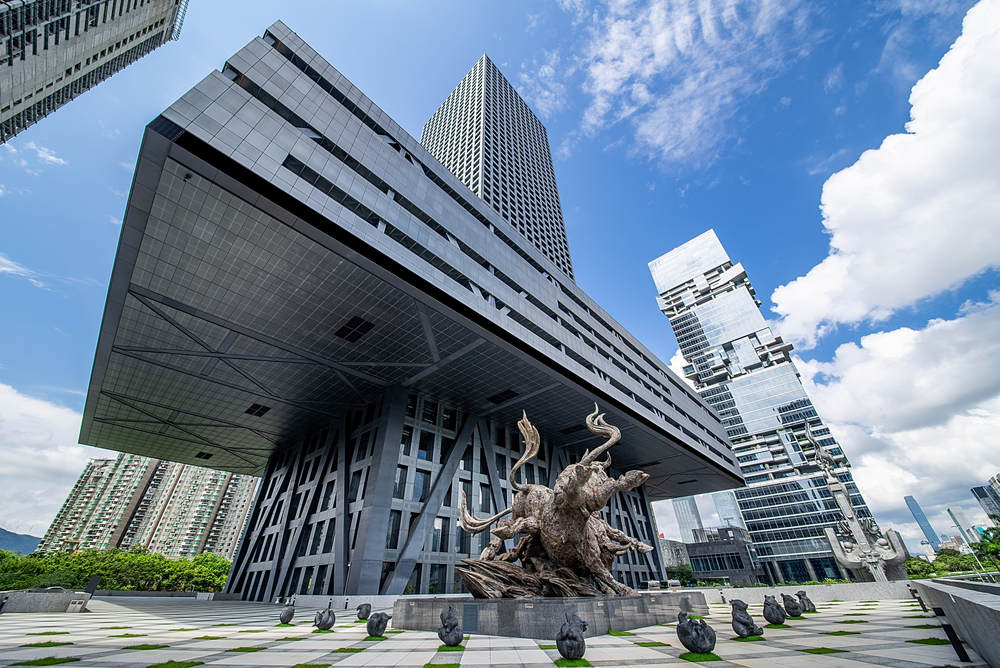
Established in 1990, the Shenzhen Stock Exchange is located in Shenzhen, China. As of August 2023, it has a market capitalization of $4.5 trillion, making it a significant player in the global financial markets. The SZSE is known for its focus on small and medium-sized enterprises, particularly in the technology and innovation sectors. It operates the Main Board, SME Board, and ChiNext Market, catering to companies at different stages of development. The ChiNext Market, launched in 2009, is akin to the Nasdaq, providing a platform for high-growth and innovative companies. It has been instrumental in supporting China’s economic transformation by facilitating capital raising for emerging industries. In recent developments, it has enhanced its regulatory framework to improve market transparency and investor protection.
Japan Exchange Group (JPX)
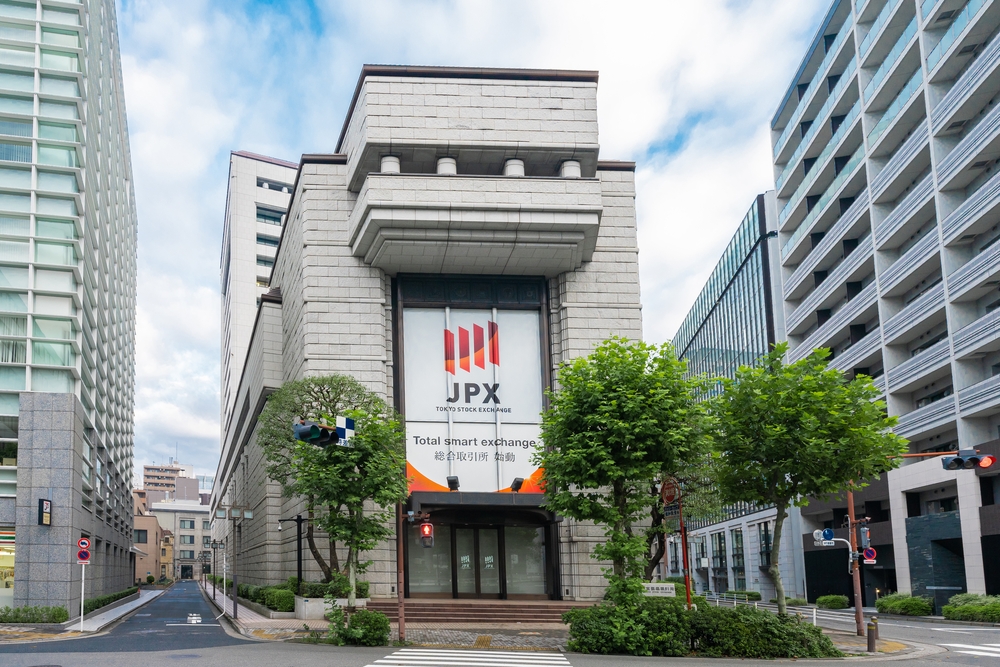
Formed in 2013 through the merger of the Tokyo Stock Exchange and the Osaka Securities Exchange, the Japan Exchange Group is headquartered in Tokyo, Japan. As of August 2023, it has a market capitalization of $5.9 trillion, ranking it among the world’s leading exchanges. JPX operates cash equity markets, derivatives markets, and offers clearing and settlement services, playing a central role in Japan’s financial system. It lists a wide array of companies, from multinational corporations to emerging enterprises, across various sectors. JPX has been proactive in enhancing market infrastructure, adopting advanced technologies to improve trading efficiency and transparency. It also emphasizes corporate governance reforms, encouraging listed companies to adhere to high standards of management and disclosure. Recent collaborations with other Asian exchanges aim to promote regional financial integration and innovation.
Shanghai Stock Exchange (SSE)
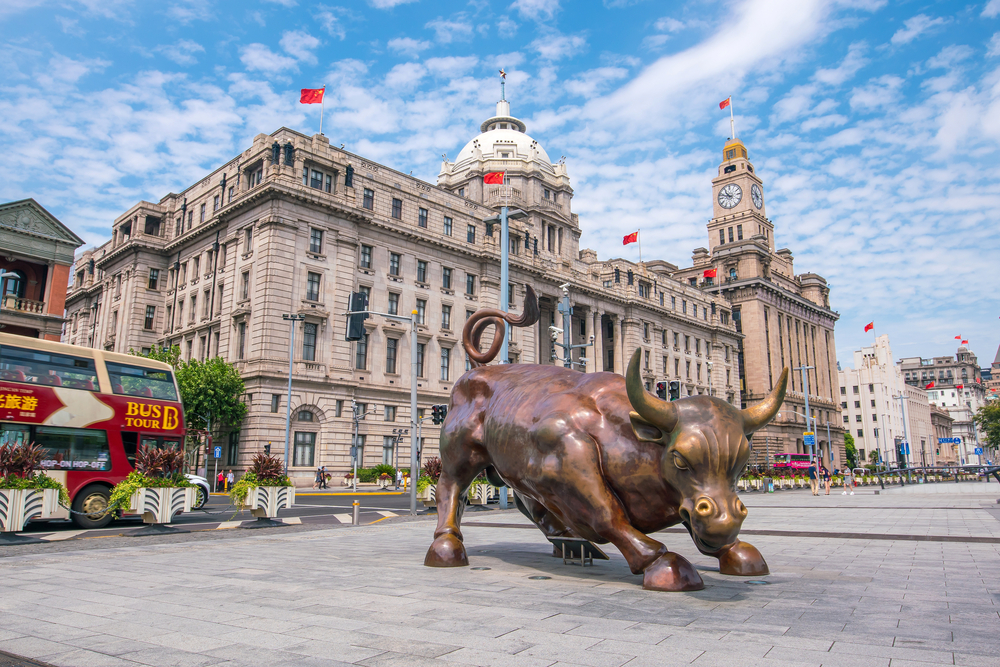
The Shanghai Stock Exchange, founded in 1990, is situated in Shanghai, China. As of August 2023, it holds a market capitalization of $6.7 trillion, positioning it among the top exchanges worldwide. The SSE lists a diverse array of companies, including major state-owned enterprises and private firms, reflecting China’s robust economic growth. It operates two main boards: the Main Board for larger companies and the STAR Market, launched in 2019, focusing on science and technology innovation enterprises. It plays a crucial role in China’s financial markets, facilitating capital formation and investment opportunities. Foreign investors can access it through programs like the Stock Connect, linking it with the Hong Kong Stock Exchange. In recent years, it has implemented reforms to enhance market transparency and attract more international investors. It is also a hub for green finance, issuing an increasing number of sustainability-linked bonds.
Euronext
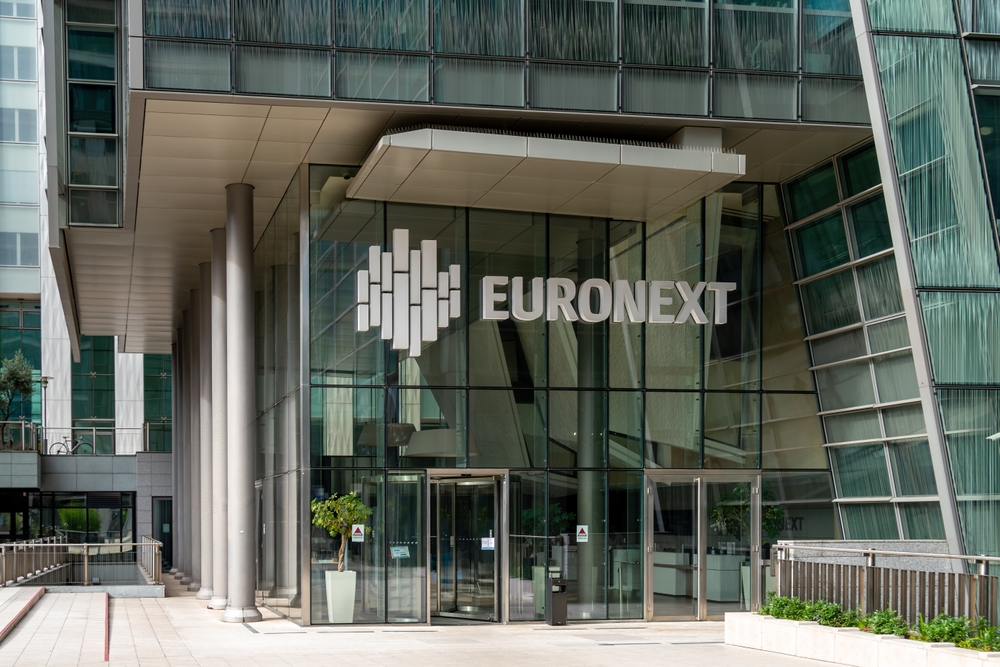
Euronext, established in 2000, is a pan-European stock exchange with its headquarters in Amsterdam, Netherlands. As of August 2023, it boasts a market capitalization of $7.2 trillion, making it one of the largest exchanges in Europe. It operates markets in several European countries, including France, Belgium, Ireland, Portugal, and Norway, offering a diverse range of financial instruments. The exchange provides a unified platform for trading equities, bonds, derivatives, and commodities, promoting cross-border investments. Its integration of multiple national exchanges has enhanced liquidity and efficiency in European capital markets. It has also been at the forefront of technological advancements, implementing cutting-edge trading systems to improve market access. In recent developments, it has expanded its offerings to include ESG-focused products, catering to the growing demand for sustainable investments. Its acquisition of Borsa Italiana further strengthens its foothold in Europe.
Nasdaq Stock Market
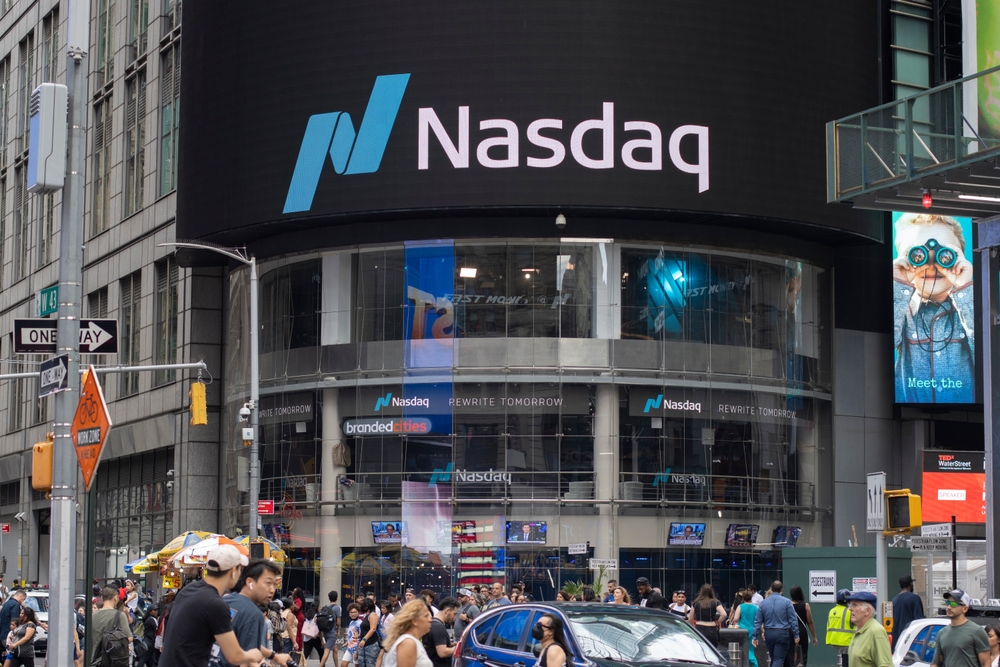
Established in 1971, the Nasdaq Stock Market operates from New York City and is recognized for its electronic trading platform. With a market capitalization of approximately $26.62 trillion as of July 2024, it ranks as the second-largest stock exchange globally. It is synonymous with technology and innovation, hosting listings of tech giants such as Apple, Microsoft, and Amazon. Its fully electronic trading system was pioneering at its inception, eliminating the need for a physical trading floor. It offers three market tiers: Capital Market, Global Market, and Global Select Market, catering to companies of varying sizes and capitalizations. Its emphasis on growth-oriented and tech-focused companies has solidified its reputation as a hub for innovation. In recent developments, it has expanded its services to include advanced data analytics and cloud-based solutions for market participants.
New York Stock Exchange (NYSE)
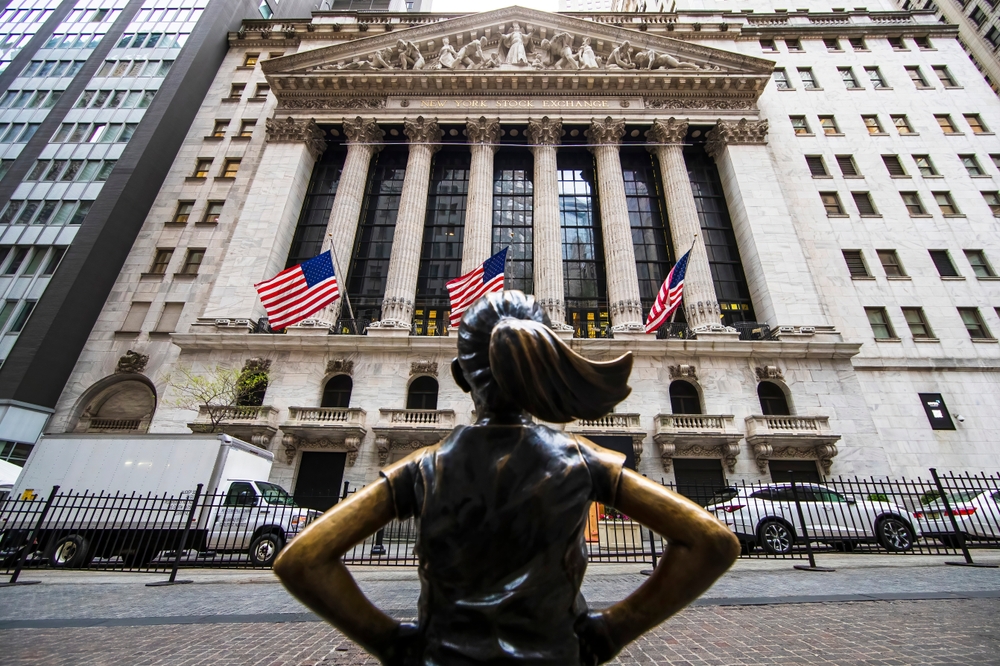
Founded in 1792, the New York Stock Exchange (NYSE) is located on Wall Street in New York City. As of September 2024, it boasts a market capitalization exceeding $30 trillion, making it the largest stock exchange globally. It is renowned for listing many of the world’s leading corporations, including blue-chip companies across various sectors. Its iconic trading floor, characterized by bustling activity, symbolizes American capitalism. Over the years, it has evolved, integrating advanced electronic trading systems while maintaining its traditional open outcry method. Its stringent listing requirements ensure that only companies meeting high standards of financial stability and transparency are included. In recent years, the NYSE has continued to innovate, embracing digital technologies to enhance trading efficiency and accessibility. Its role as a global financial hub solidifies its significance in the international economy.
This article originally appeared on Rarest.org.
More from Rarest.org
19 Stunning Perennial Flowers That Attract Butterflies and Bees

Butterflies and bees are essential pollinators, and one of the best ways to attract them is by planting beautiful perennial flowers. These plants not only add color to your garden but also support local ecosystems. Each flower on this list has a unique feature that draws in pollinators, making them a perfect addition to any outdoor space. Read More.
20 Graceful Marine Mammals That Glide Through the Ocean`s Depths

The ocean is home to some of the most graceful creatures on Earth. Marine mammals glide effortlessly through its depths, showcasing their beauty and power. Read More.
20 Legendary Cities Lost to Time and Rediscovered

For centuries, the world has witnessed the rise and fall of great civilizations. Many of these cities, once bustling with life, were buried by time and forgotten by history. Read More.
